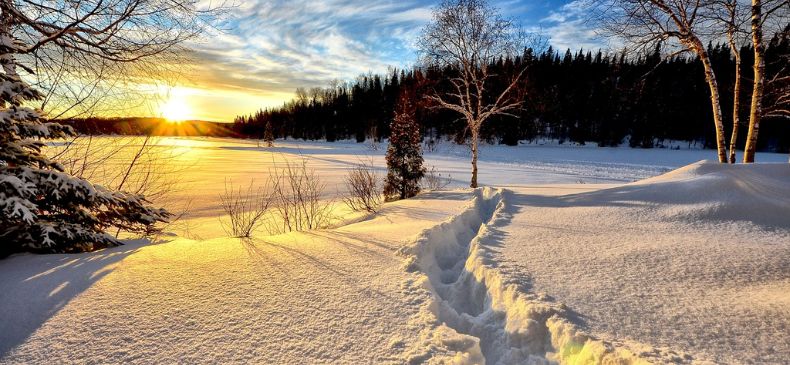
Mastering Winter Photography: Insurance Safety Tips
Preparing for the Cold: Outfitting Yourself and Your Gear
Venturing out into the winter elements requires meticulous preparation to ensure your personal safety and the protection of your valuable photographic equipment. Begin by dressing in layers, prioritizing insulation and moisture-wicking fabrics to keep your core warm and dry. Invest in high-quality gloves or mittens that allow for dexterity while shielding your hands from the bitter chill. Sturdy, non-slip footwear with good traction is also essential, as icy conditions can pose a serious risk of slips and falls.
Protecting Your Camera Gear
Your photographic equipment is just as susceptible to the harsh winter conditions as you are. To safeguard your gear, consider using a camera bag with a zipper or Velcro closure, which is less prone to cracking and breaking than those with clips. Keep your camera and lenses securely stowed within the bag when not in use, with the zippers firmly closed to prevent snow and moisture from infiltrating the interior. Attach a lens hood to your camera to minimize the accumulation of snow and water droplets on the lens, and have a clean, dry towel on hand to wipe away any moisture that does manage to collect.
Acclimating Your Gear to Temperature Changes
Sudden temperature fluctuations can wreak havoc on delicate camera components, leading to condensation build-up and potential malfunctions. To mitigate this risk, place your gear in an airtight plastic bag before bringing it into a warm indoor space, allowing it to adjust to the new temperature gradually. This gradual acclimation process helps prevent the formation of damaging condensation.

Photo by AlainAudet on Pixabay
Protecting Your Photographic Business: Insurance Considerations
As a professional photographer, it is essential to safeguard your business and your livelihood against the unexpected. Winter weather can pose a significant risk to your photographic equipment, your clients, and even your personal well-being, making comprehensive insurance coverage a crucial investment.
Insuring Your Gear
Your camera and lenses represent a significant financial investment, and the harsh winter conditions can put them at risk of damage or loss. Property insurance policies can provide valuable protection, covering the cost of repairs or replacement in the event of theft, accidental damage, or weather-related incidents.
Liability Coverage
In addition to protecting your equipment, it is also important to consider the potential liability risks associated with your photography business. Client safety is paramount, and liability insurance can help shield you from the financial consequences of accidents or injuries that may occur during a winter photography session.
Protecting Your Income
The weather’s unpredictable nature can also threaten your income, as inclement conditions may force the cancellation or postponement of scheduled shoots. Disability insurance and business interruption coverage can help ensure that you are financially protected in the event of an unforeseen circumstance that prevents you from working.
By reviewing your insurance coverage and exploring the options available, you can safeguard your photographic business and confidently approach each winter adventure.
By embracing the technical and compositional considerations of winter photography while prioritizing safety and protecting your business, you can unlock a world of creative potential and produce stunning, evocative images that celebrate the magic of this transformative season.

Thanks for reading our article; I hope you enjoyed this month’s topic on the co-insurance clause on photography insurance policies. Here are some more ways to access more insurance information and tips:
- Visit our Blog/article page each month, where we publish various insurance articles and share information on specific industry products:
→ To learn more about or get a quote for Photographer Insurance, visit our PRODUCT PAGE
2. Follow us on LinkedIn to stay up to date on the latest business insurance articles and follow our company updates:
Posted in Business on January 12, 2023 by Harvard Western Insurance





